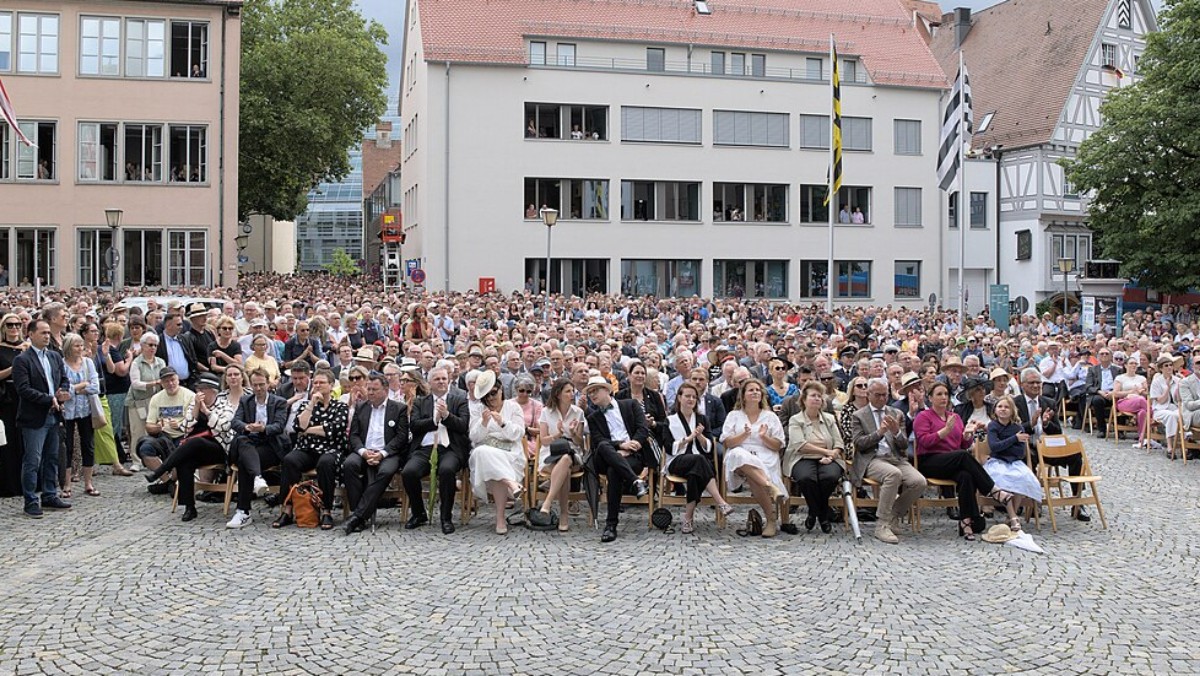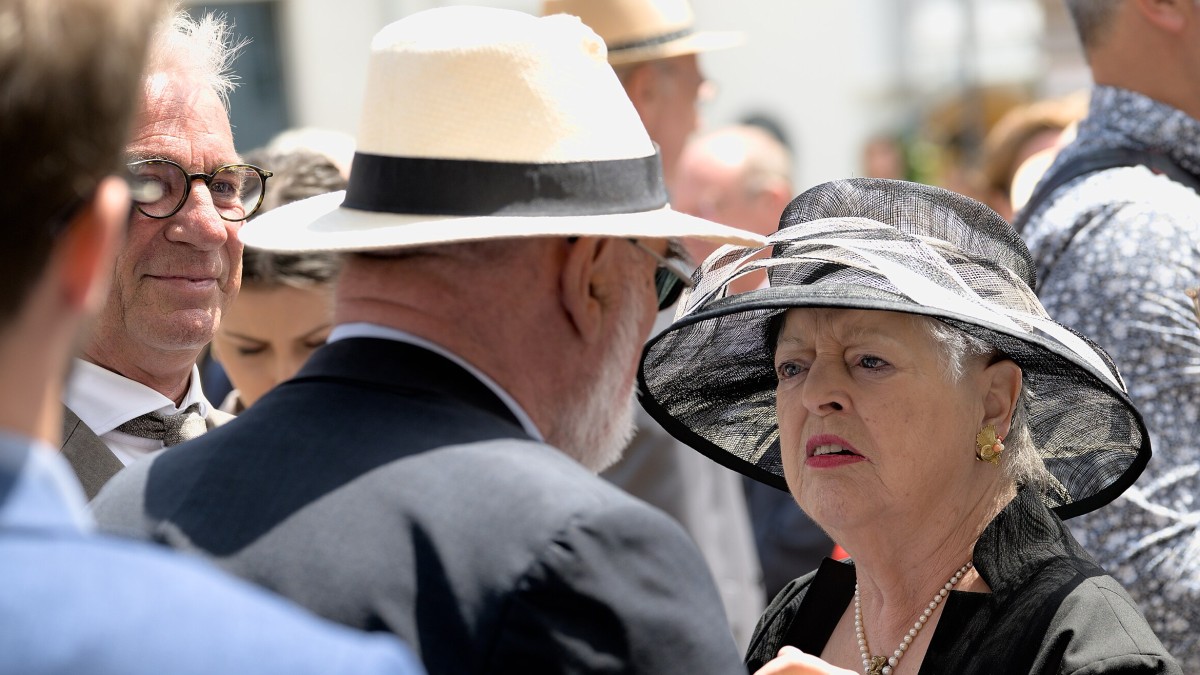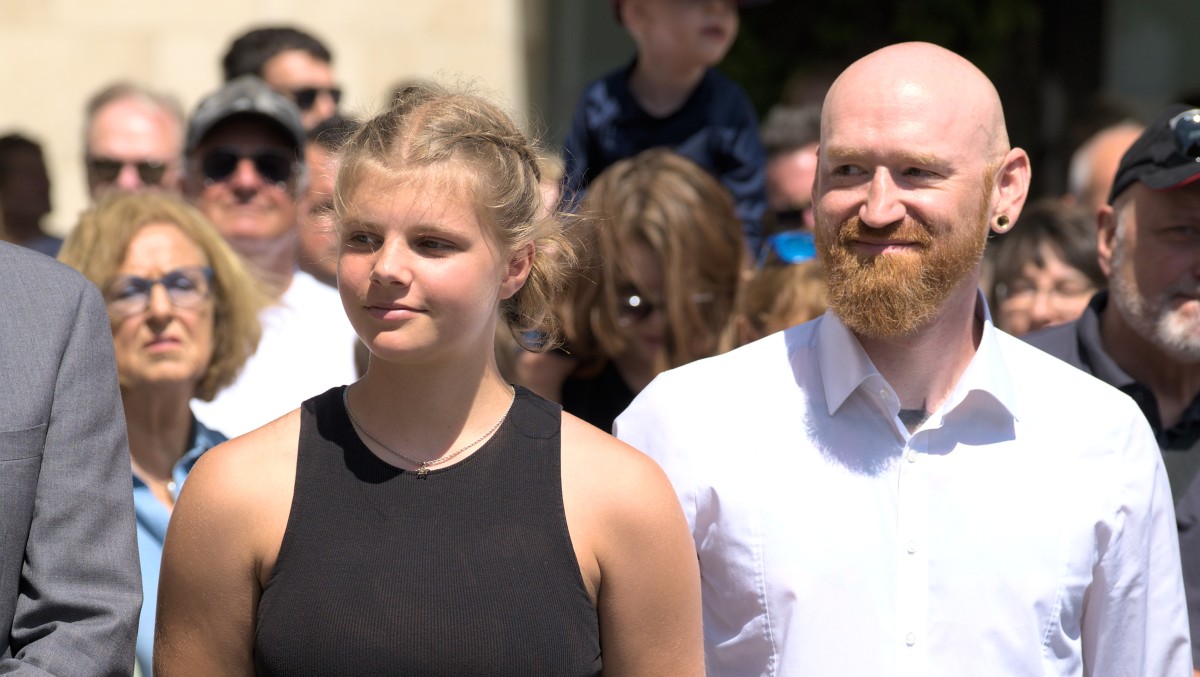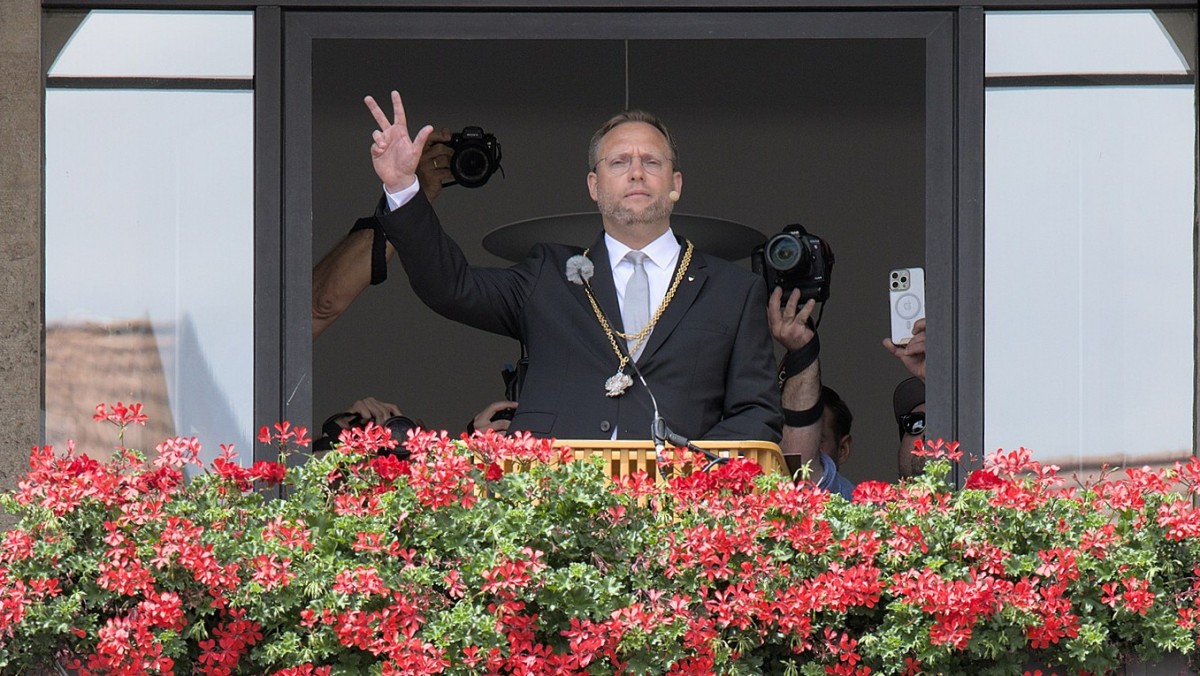Exactly two hours. That’s how long it took from the moment Martin Ansbacher took the traditional oath for the first time as the new mayor until Wikipedia author ThoBel-0043 uploaded his photo of this moment to Wikimedia Commons. And 16 minutes later, this picture was also in Ansbacher’s Wikipedia article, which had had to make do without a photo of him for the previous eight months.
Things were a little different in the previous 2015 mayoral election: Back then, we had built an OB-Mat as a decision-making aid for the election, and at that time we had explicitly asked the candidates for photos under a free Creative Commons license. This meant that the field was already tilled, so to speak, so that we could subsequently add portraits to the corresponding Wikipedia articles. This time we had decided against reissuing the OB-Mat. So the challenge for the volunteer Wikipedia community was either to get a photo under a Creative Commons license elsewhere — or to take one themselves.

This picture shows an astonishingly high proportion of people with Wikipedia articles - or of people, who would be eligible for one
At Ansbacher’s inauguration, this attempt only worked out moderately well – he can be seen in two of the photos taken with our house camera, but not really recognizable for an article picture. Schwörmontag, on the other hand, is of course the perfect opportunity for photos like the ones we want to have. Not only does the mayor stand on a balcony for an hour and can’t just wander off while you take his picture. There are also rows and rows of people in the audience of whom there may not yet be a suitable photo for Wikipedia.
For Martin Bendel’s article, for example, there has so far only been one photo taken of his side at the pandemic Schwörmontag 2020. Maximilian Fichtner, who was awarded the Ulm Science Prize, did not yet have an article photo at all. And there is currently not even a Wikipedia article about Marianne von Schwerin, who has also been awarded the Science Prize.

No idea what Helga Malischewski, Peter Langer and Thomas Strobl are talking about here. Nice picture – unfortunately there was no photo showing Langer from the front.
And sometimes older article images can also be updated in this way - the previous photo in the article about former Mayor Gönner was already 14 years old.
In principle, we really like doing this kind of thing. This is another reason why we bought a very fancy camera with powerful lenses as part of the 2021 DSEE funding and have been using it since then not only to document our own work, but also for free media for Wikimedia Commons. Because with every photo and every video in this free media archive, a shared cultural and historical memory grows that can be reused by the whole world. Although the press and public broadcasting stations also document what is happening in our city and around the world on a daily basis, this content is increasingly ending up behind paywalls and other obstacles in the private media, and public broadcasters have to depublish these works after a while. And these media files are not reusable anyway – neither for re-use in Wikipedia, nor for us here on the website, for example.

Another first after the last local elections: 16-year-old Emilia Stella Schneider is the youngest city councillor in the history of Ulm’s municipal council.
On the other hand, this work would not have to depend on volunteers like ThoBel-0043 and us. Public broadcasters and local authorities could simply place the photos they publish on their websites under a Creative Commons license of their own accord. And universities usually take photos of all their professors anyway – who, by definition, usually also meet the relevance criteria for a Wikipedia article. Since these works are paid for through broadcasting contributions and public funds anyway, it would actually be easy to say that what has been publicly funded should also become a public good.
Until then, there is still some convincing to do. The progressive political groups could of course do their bit. Ideally by passing ordnances that lay down this principle and have their administration publish their works under a free licence by default. But also by placing the photos of their elected representatives under a free license themselves. If you want to know more: We’re happy to help :)
You can find all photos of the Schwörmontag ceremony in the corresponding category on Wikimedia Commons!
PS: Two hours and 14 minutes after the oath, the Wikipedia article on Schwörmontag was also newly illustrated. The previous update from one OB to the next had taken four years. The local community seems to be getting faster :)
